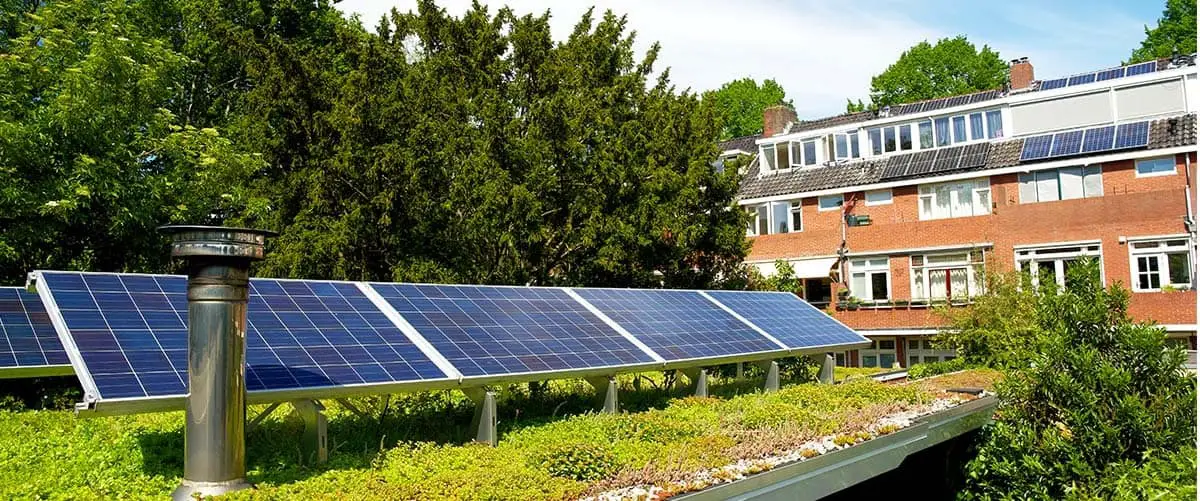The home battery is popular. Not surprising. With a home battery, you benefit optimally from the efficiency of your solar panels. If you have solar panels, you can do two things with the surplus energy. Feed it back to the grid or store it at home on your own home battery. The latter sounds useful: you use your stored electricity at a later time. But does it work that way in practice?
When the sun shines, the owners of solar panels always enjoy it twice as much. Not just because of an extra shot of vitamin D, but because they know they are in for a cheap day of electricity consumption. Sun means free energy.
You often generate more energy than you need on a sunny day. You can supply the surplus energy back to the grid operator.
That’s called netting. You will receive compensation in return. Joris Kerkhof, energy expert at Techlarges: “Solar panels are a smart choice.
Not only are you taking a step towards a sustainable life, but you are also saving on your annual energy bill. Moreover, you earn them back after about 6 years.”
Or you can simply use the surplus energy yourself. This is possible with a home battery. A home battery is a storage device that you hang up in your home, for example in your basement or shed.
With a home battery, you are a lot less dependent on the electricity grid. Your self-consumption can even increase to almost 70%.
Which home battery suits you?
If you are considering purchasing a home battery, check carefully which battery is suitable for your household.
The choice depends on both your electricity network and the solar panel installation on your roof. For example, you do not need a home battery with a high storage capacity if your solar panels cannot fill the battery.
A home battery charges and discharges with a certain efficiency. A higher efficiency is more optimal because less energy is lost.
The efficiency of a home battery depends on, among other things, the type of battery, the power, and the charging and discharging efficiency.
An average family uses approximately 3,500 kWh per year, which equates to 10 kWh per day. If this average family has 13 solar panels on the roof, the annual yield could be around 3,400 kWh. In that case, a compact home battery of 2.28 kWH is sufficient to increase self-consumption to 50%
But individual factors obviously play a role, for example, whether you have an electric car on the sidewalk or use equipment with a high or low energy label. Therefore, let an expert inform you about the type of battery that suits your energy consumption.
Electricity has a limited shelf life in the battery
A home battery sounds interesting on paper. Still, it’s not all sunshine when it comes to home batteries.
There are also disadvantages to the home battery. You cannot store power on a home battery for very long.
The maximum is a number of days. This means that you cannot build up a reserve for the dark winter during the sunny summer months.
The purchase price of a home battery is also high. The question is whether you recoup the purchase costs.
In addition, a home battery is far from a sustainable purchase. This is mainly due to the production of the batteries.
The home battery is produced from metals such as lithium, copper, and nickel. Unfortunately, in the countries where these scarce raw materials come from, many things still go wrong in terms of environmental and working conditions. Think of pollution and child labor.
It is expected that home batteries will become smarter and cheaper in the future. A home battery will become especially interesting when the netting scheme is phased out in 2025.
The government will gradually phase out the netting scheme. From 2025, households and small businesses will be able to offset less and less, up to 0% in 2031.
- Get Free Forex Signal everyday

